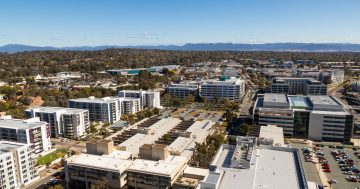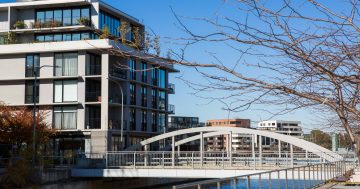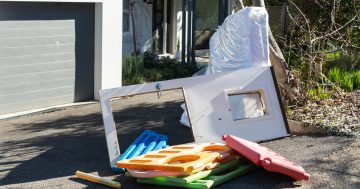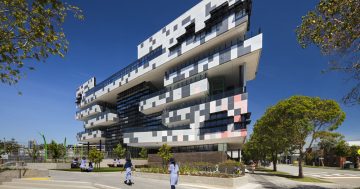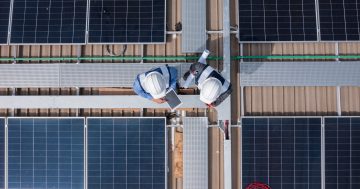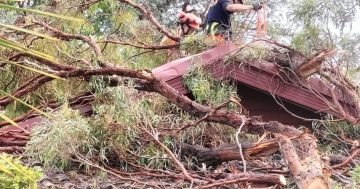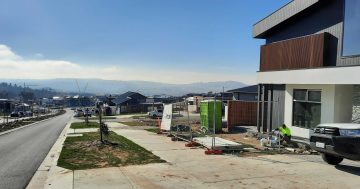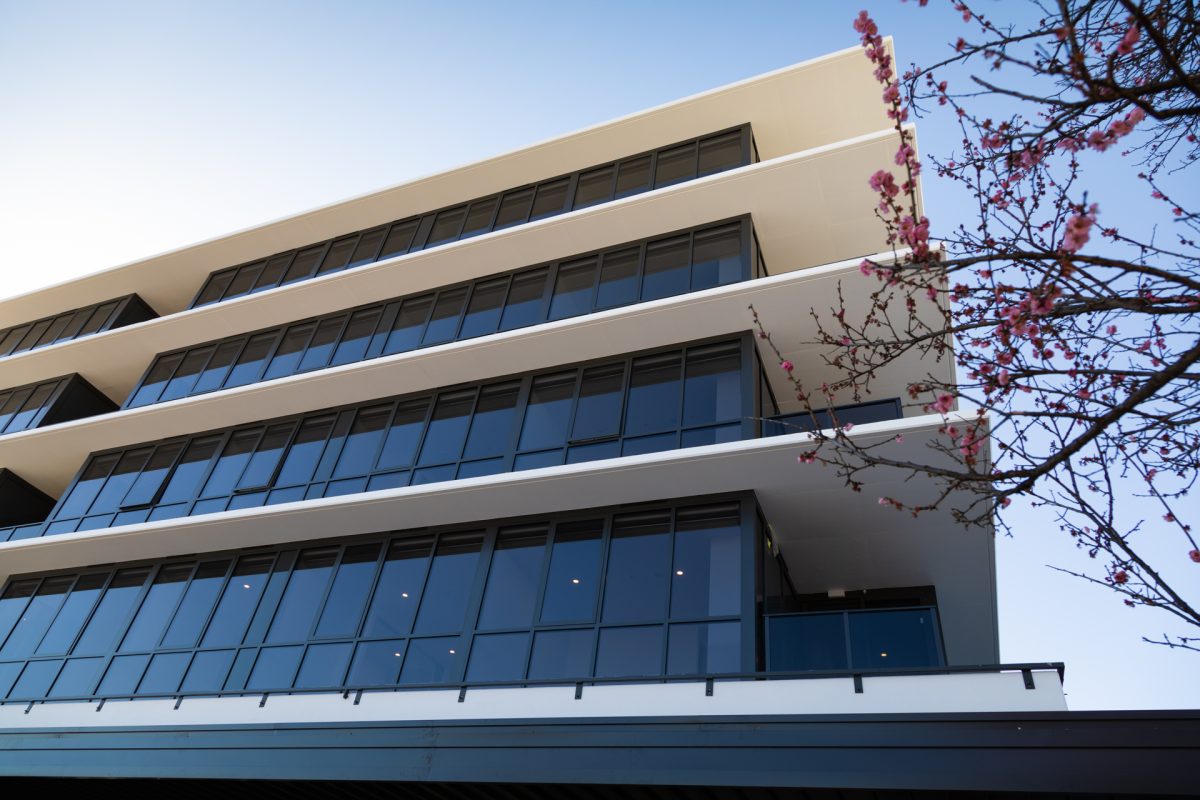
Does the government need to do more to meet the needs of residents of our vertical suburbs? Photo: Michelle Kroll.
“Since downsizing from my house in Evatt to an apartment in the city, I’ve loved the convenience of having amenities at my fingertips and a vibrant social life, but…..”
That “but” threatens the ACT Government’s goal of shifting Canberra’s growing population into strata-titled properties.
Given the limited land available for single family homes and the government’s emphasis on environmental sustainability, densification makes sense. It is reported 89 per cent of new homes through to 2030 will be multi-unit dwellings.
New residents and many downsizers aim to be near a town centre, close to employment, transport, shops and services.
Those of us who live here already refer to them as “vertical suburbs”. These vertical suburbs are already outstripping the sprawling suburbs in the number of homes and population.
The cost to build and maintain infrastructure and services in the suburbs is considerable. Is it a surprise the government is densifying inner cities, where infrastructure already exists, and nudging people into high-rise complexes?
Think of the financial incentives to the ACT Government. A cluster of 11 high-rise apartment complexes in Belconnen contains 3200 units and is home to 6000 people within an area of 0.56 square kilometres.
In contrast, Evatt, a suburb covering three square kilometres, has 2070 houses and a population of 5500. Evatt is serviced with green areas, playgrounds, cycle paths, a school, medical centre and has an extensive road network. The same investment is not being made for Canberra’s vertical suburbs.
The ACT Revenue rates paid on an apartment is only about 30 per cent less than for a house of similar size. Rates on my 100 square metre unit is $2453 compared to $3614 for a house. But there are almost 100 units also paying rates.
A group of 17 apartment complexes in the city centre has formed the Partnership of Executive Committees in the City. These individuals represent 3302 units who together pay rates of more than $6 million, plus an additional $2 million paid in land tax on units that are rented. Yet, there is no specific investment or new amenities provided to service the needs of those owners or residents.
The low priority of the ACT Government towards the Canberra strata community suggests that concern about environmental sustainability is not driving the break-neck pace of high-rise developments. Instead, it indicates the impetus is tax revenue and builders’ profits. It is irresponsible for the ACT Government to continue this densification without dealing with the consequences.
This is where the “but….” comes in. Prospective buyers are put off because of:
- Building defects. We need government to re-institute independent, government-employed building inspectors and certifiers. We need an industry ombudsman to adjudicate disputes.
- Poor management. We need standards for strata and facilities management, including compulsory qualification and training for managers.
- Sustainability. We need assistance to be able to meet the government’s electrification goals as many complexes will need to replace gas infrastructure, install EV charging stations and erect solar panels.
- Disputes. We need a better system within, or in addition to, ACT Civil & Administrative Tribunal (ACAT) to resolve conflicts between owners, owners corporations and developers.
- Short-term rental. We need for owners corporations to be able to manage an unregulated business that disrupts regular tenants and adversely impacts on cost and amenities in our complexes.
- Crime and homelessness. A humane solution is needed to help Canberra’s homelessness and more police presence is needed to reassure Canberrans that their city is safe for everyone.
All of these are feasible by a government that is responsive to the needs of its expanding population of owners of strata-titled properties and residents of our vertical suburbs.
Carrie Steffen is writing on behalf of Partnership of Executive Committees in the City, which comprises 17 strata-titled buildings representing more than 3200 units in Canberra’s city centre.













